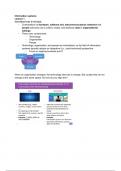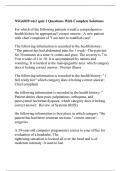Samenvatting
Summary Information systems in E-business and Online commerce
- Instelling
- Vrije Universiteit Amsterdam (VU)
Summary of Information systems in E-business and Online commerce, part of the minor E-business and Online commerce on the VU
[Meer zien]







